A lightning fast ascent of Everest is rocking the mountaineering world
Four British climbers made it from London to the peak in under five days after preparations that included inhaling xenon gas

Four men left London’s Heathrow Airport for Nepal on a May afternoon. Within five days, they were atop Mount Everest, the 29,000-foot peak where an ascent typically takes weeks of acclimatisation and bursts of climbing punctuated by rest.
Instead, the four British army veterans prepared for the world’s highest peak using a new pre-acclimatisation regime involving inhaling xenon gas — once used as an anaesthetic but now more commonly found in rocket propellant.

Their ascent is rocking the mountaineering community and Nepali authorities, with their use of a substance banned from competitive sport by the World Anti-Doping Agency provoking the criticism this amounts to cheating.
Nepal’s mountaineering authorities are studying the climb and its implications.
On May 29, when the country marks the first recognised summit of the mountain in 1953 as Everest Day, Nepal’s prime minister lamented the use of xenon.
“Dishonesty even with Mount Everest?” he said. “If it did happen, it should be stopped.”
Alistair Carns, a climber in the group, said critics should take the long view.
“We have just got to accept we’re at the cutting-edge of science,” said Carns, Britain’s veterans minister.
He said using xenon was no different from using supplemental oxygen, an innovation climbers made about a century ago that gained wide use.
Xenon gas was banned by the World Anti-Doping Agency in 2014 after Russian athletes acknowledged using it for Winter Olympics contests. Mountain climbing is a largely unregulated endeavour, though climbing Everest requires permission from Nepal if climbing from the south face, and from China if climbing from the north.
Himal Gautam, director at Nepal’s tourism department, said the government hasn’t certified the expedition as a successful ascent or verified it as a record. The government gives certificates for successful ascents based on photos, videos and climber accounts, but doesn’t verify all record claims. The climbers believe they set a record for the fastest round-trip Everest expedition, less than seven days including the return to London.
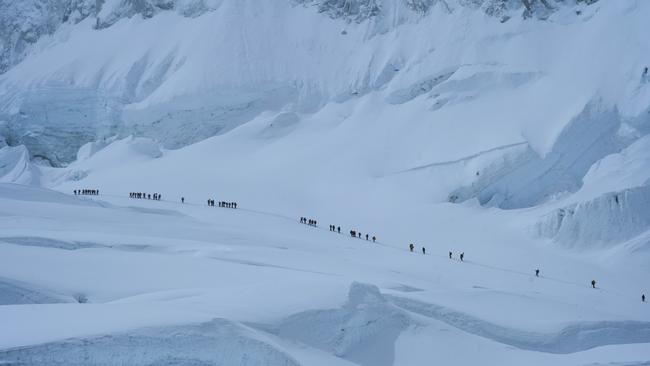
A Ukrainian man said he made it from his home in New York City to the summit of Everest in four days, reaching the peak on May 19, just ahead of the British group. That claim hasn’t been verified either.
Austrian mountaineer Lukas Furtenbach, who organised the xenon-assisted ascent, said it wasn’t just about speed. He described it as a scientifically planned effort to explore the future of high-altitude mountain-climbing — and make it safer.
“We use xenon to protect the body from altitude sickness, not to hasten the ascent,” said Furtenbach. “I don’t believe that anyone is against increasing safety on Everest, when the whole world is every year reporting about the many deaths on Everest.”
Climbing times for the most experienced mountaineers have steadily lowered since Edmund Hillary and Tenzing Norgay achieved the first recognised ascent of the world’s tallest peak. That historic climb began in Kathmandu on March 10, 1953, reaching the summit on May 29.
In 2019, nutrition scientist Roxanne Vogel summated Everest in two weeks, door-to-door, from her home in California. The fastest climb from base camp to Everest, meanwhile, was by Lhakpa Gelu Sherpa in just under 11 hours in 2003.
But for more typical climbers — even when aided by the best gear, experienced Sherpas, climbing ropes and oxygen — Everest is an endeavour that typically spans six to eight weeks. That includes more than a week to trek to base camp, days spent acclimatising there, and circuits to higher camps often followed by a descent to allow the body to adjust.
Failure to acclimatise properly can mean headaches and dizziness in milder cases, and in the worst instances, fatal mountain sickness.
Carns said his work as a government minister and personal commitments — he has young children — didn’t permit him weeks away from home. Another reason to make news was to raise money for Scotty’s Little Soldiers, a British charity focused on the children of fallen soldiers. His fellow climbers were Kevin Godlington, Anthony Stazicker and Garth Miller.
Furtenbach had the four British climbers prepare for weeks at their homes in the UK by sleeping for a total of over 500 hours each in tents that simulate the low-oxygen conditions on Everest. That has long been part of Furtenbach’s expeditions offering a “flash” ascent of Everest in about three weeks. The men also worked out using masks that simulated thin mountain air.

Their regime included a new feature — a roughly 20-minute, one-time hit of a mix of xenon and oxygen some weeks before the men began their climb in Nepal. The formulation was developed and administered to the men in Germany by Dr. Michael Fries, head of anaesthesia and intensive-care medicine at St. Vincenz Hospital in the German town of Limburg an der Lahn.
After hearing Furtenbach speak on the radio in 2018 about his efforts to help climbers pre-acclimatise, Fries said he contacted him to propose his idea: breathe in xenon gas before a challenging climb. The gas, said Fries, appears to have neuroprotective properties and prompts the production of a hormone that triggers red blood cell production, improving the blood’s ability to carry oxygen.
Furtenbach and at least a dozen other climbers experimented with the gas in their climbs in the following years, said Fries, and their experiences convinced them it helped prevent altitude-related symptoms.
The International Climbing and Mountaineering Federation said in January that scientific literature didn’t support the idea that breathing in xenon improves performance in the mountains.
Given how swiftly it can work — putting people to sleep in a minute — highly experienced medical supervision is vital, said Fries.
Furtenbach on his Instagram account has warned climbers against trying to copy their example, noting his group used the gas under medical supervision — and not on the mountain itself.
Several mountaineers, while crediting the British climbers achievement and the preparations of Furtenbach’s outfit, expressed concern that less experienced climbers or unethical expedition outfits could try to replicate the experiment with dangerous results.
“I’m happy for the four climbers,” said Alan Arnette, a mountaineer who chronicles Everest climbing. “I just think we have to be very aware of unintended consequences of other people trying to take this and replicate it and not doing it safely and thinking that it’s some kind of magic bullet or shortcut to the top.”
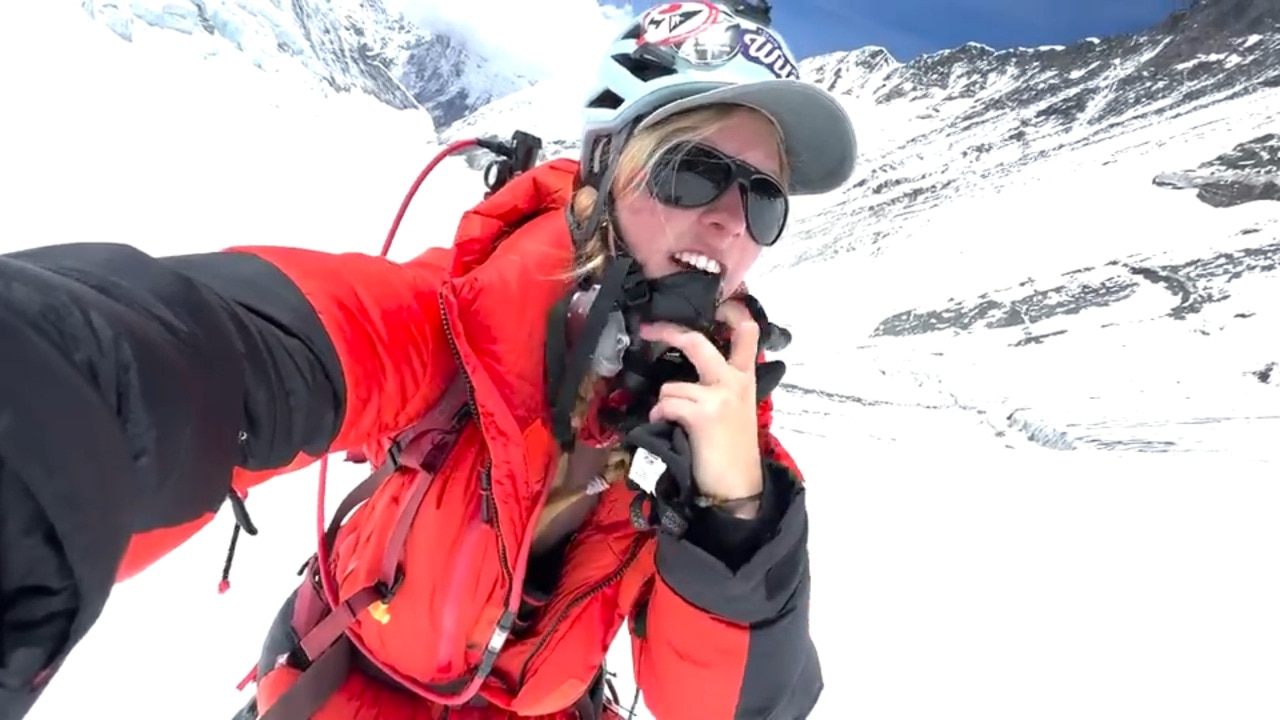
Stephan Keck, head of the Austria-based expedition operator Himalayan Experience, said he worried commercial impulses could encourage xenon’s use to help inexperienced people summit quickly.
“I don’t want to have a circus up there,” he said.
Some mountaineering experts said it is hard to assess the effects of xenon for a climbing group that also prepared extensively with hypoxia tents and had past physical training in the military.
After arriving in Nepal on the morning of May 17, the men took a helicopter to reach base camp after noon. Pasang Tendi Sherpa, who worked with the climbers, said the group prayed at base camp before beginning.
They began climbing around midnight, skipped the first camp and arrived at the second camp the next morning.
The following day they climbed to Camp 3 and on May 20, made it to Camp 4, into the infamous “death zone.”
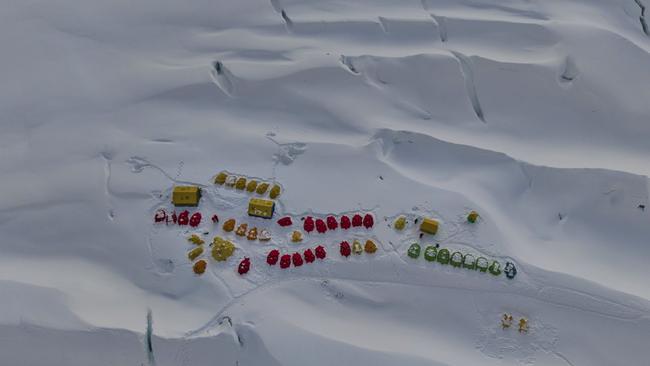
The pace was relentless, said Godlington: “We barely stopped to rest.”
At Camp 4, three of their Sherpas turned back because of a storm. The rest continued to climb overnight, reaching the summit at 7:15am on May 21.
“We were the only guys on the mountain,” Godlington said.
Carns said he had given the group a 30 per cent chance of success. Reminders of how wrong climbing Everest can go were all around. When he turned into Camp 4 “there was a dead body just frozen to my left,” said Carns.
He doesn’t foresee a spate of copycat climbs.
“This is one of the hardest things I’ve done,” said Carns. “So I don’t think we’re going to see a whole glut of people trying to get up in a week.”
Wall Street Journal

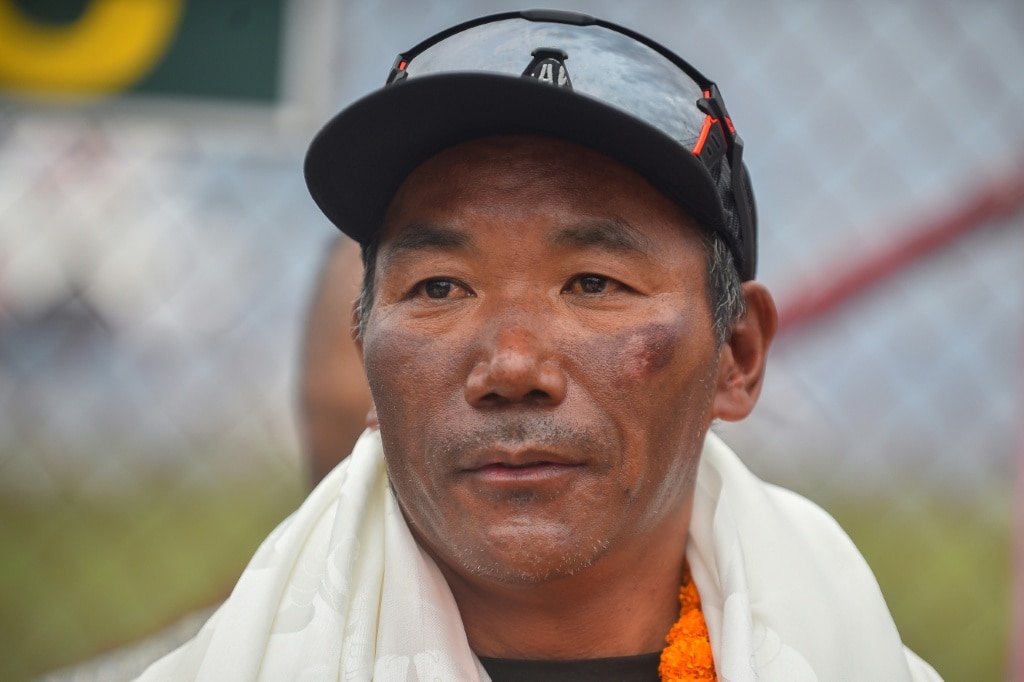
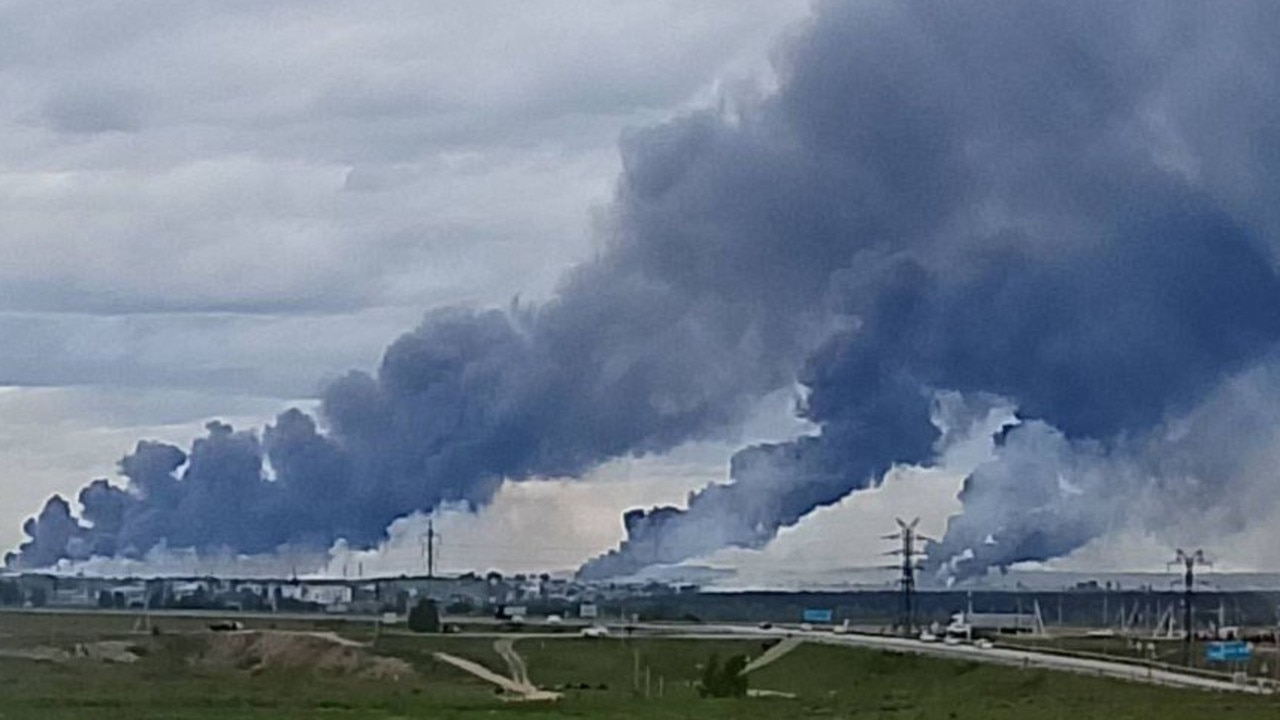
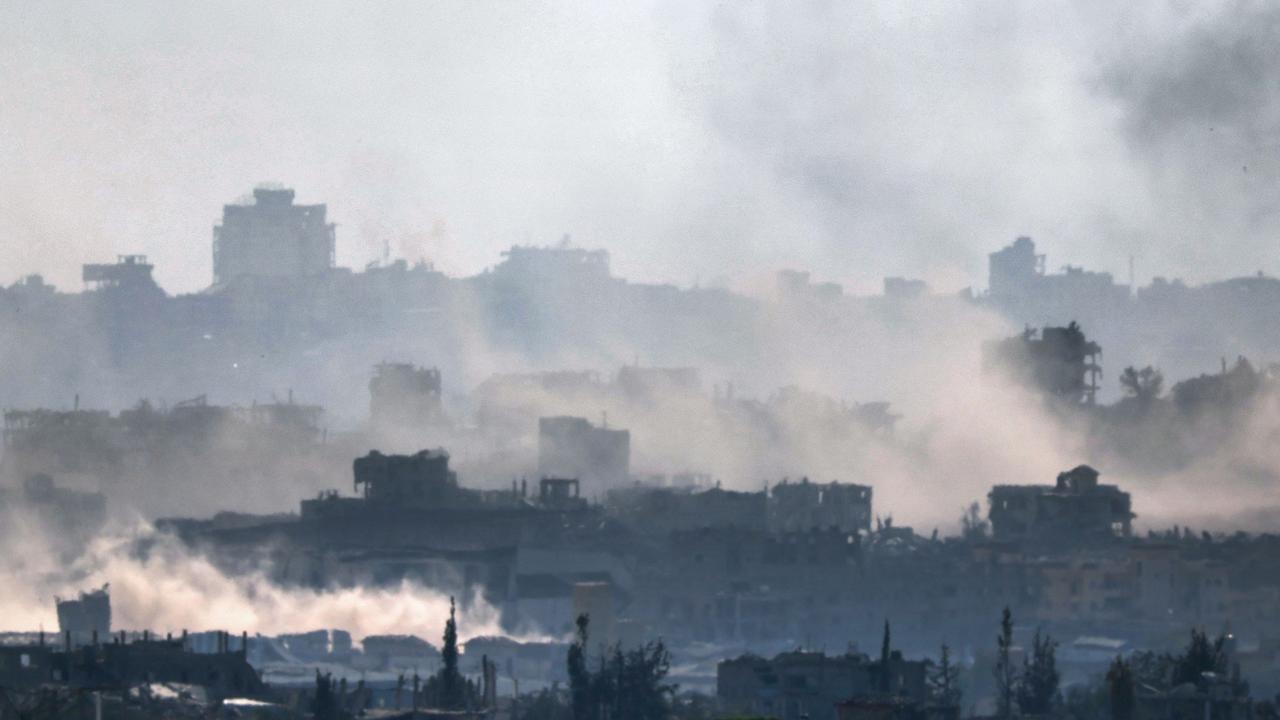
To join the conversation, please log in. Don't have an account? Register
Join the conversation, you are commenting as Logout